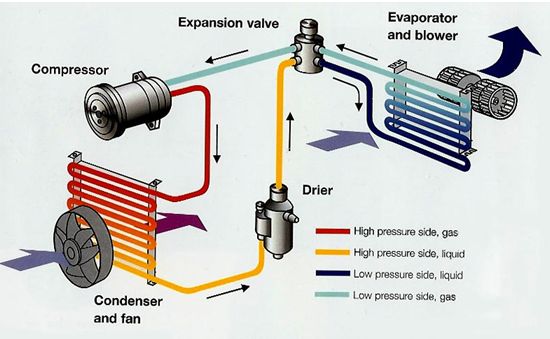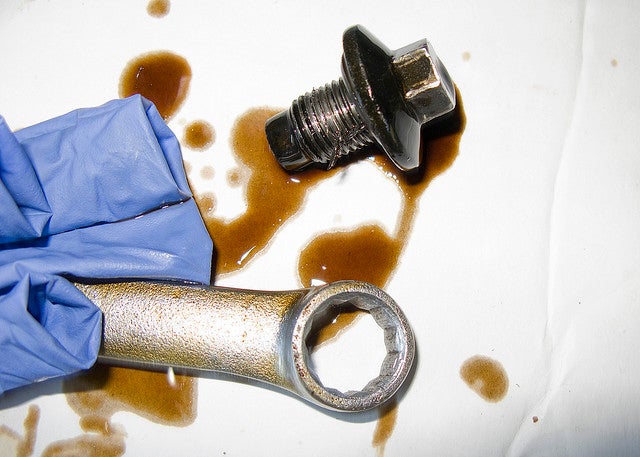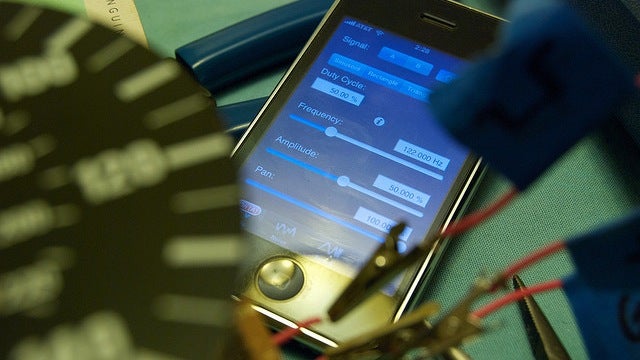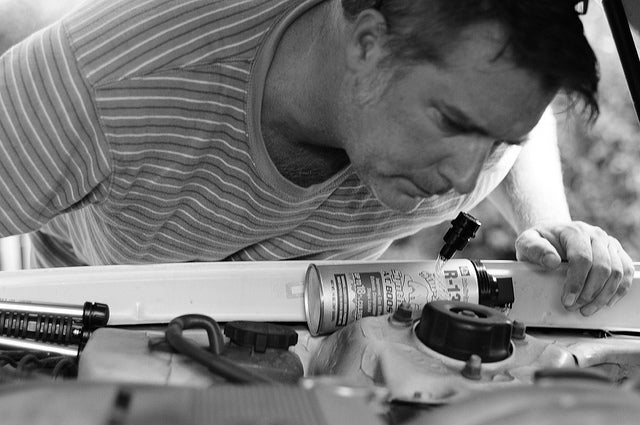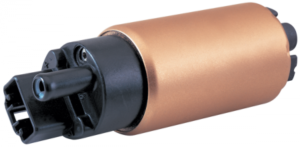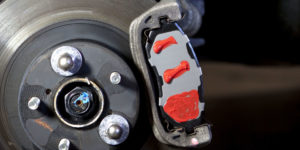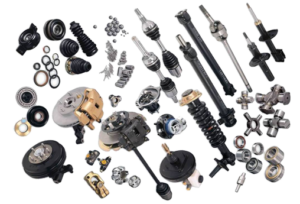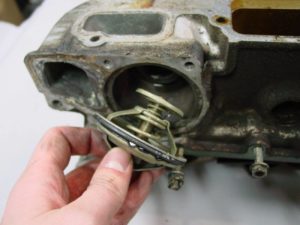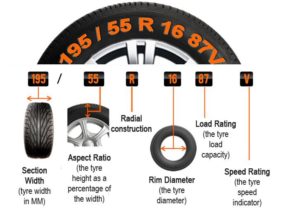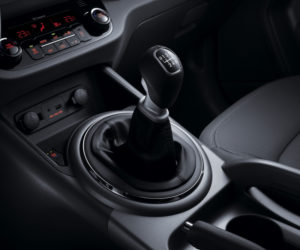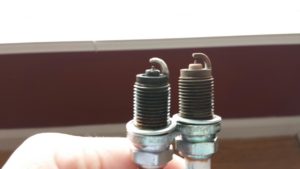
Cars need a ton of maintenance to keep running smoothly. The easiest thing anyone can do is check the fluids to ensure your car stays healthy. With that in mind, here are the five fluids you should check on a regular basis.
A large chunk of your car’s maintenance is preventative and regardless of your skill level pretty much anyone who can lift a hood can check the fluids. Doing so on a regular basis keeps your car running well and your repair costs down. Knowing the basics also empowers you so that when you’re getting any maintenance on your car you’re not swindled into flushing and replacing a bunch of fluids that don’t need it.
All you need to know is where to look and what to look for. We’re often told to “check your fluids often,” but let’s take a look at what “often” actually means. Keep in mind that every car’s a little different, but the below dates should apply pretty universally.
Engine Oil
Chances are, the first thing you ever learned about on your first car was how to check your oil. You have to do this in every car and pretty much every car has the same basic process to check it.
In most cars, you just need to pop up your hood, find the oil dipstick, pull it out, and wipe it down. Repeat that again and you’ll have your oil level. If it’s in the safe level, continue on your merry way. If it’s not, you need to add more. Depending on the age of the car, you may or may not need to add oil pretty often. If your car burns through a lot of oil, it’s worth going to a mechanic.
How often to check it: It was once recommended that you check your oil every time you fill up with gas, but with most modern cars you’re safe checking it once a month.
How often to replace it: This depends on the car, manufacturer, and year. The “3,000 miles or every six months” saying doesn’t really apply any more. Instead, check your owner’s manual for the manufacturer’s recommendations for changing your engine oil.
Transmission Fluid
Your transmission fluid is what keeps the gears on your car moving smoothly. You can check your transmission fluid the same way as your engine oil, except the car should be running when you do it. Unlike your engine oil, transmission fluid is part of a closed system, so it should never be low. If it is, take it into a mechanic. Instead of volume, you’re looking at the quality of the fluid. The fluid should be red and not smell burned. If the fluid is brown or smells burnt, it’s time to replace it.
How often to check it: Monthly.
How often to replace it: This varies from car to car and depends on transmission type, but it’s typically between every 50,000-100,000 miles.
Coolant
As the name implies, coolant, aka antifreeze, keeps your car running cool. If you ever run low on coolant, your car’s probably going to overheat. The coolant is inside you radiator and you can typically check it by simply removing the radiator cap when the car is cool (never check it when it’s hot or your car is running) and looking inside. Once you remove the cap you should see a line the coolant should come up to. If it’s low, you can add more, but make sure you add the same type of coolant currently in the car.
How often to check it: At least twice yearly: once before summer and again before winter But it’s easy enough to glance at whenever you pop open your hood.
How often to replace it: Every 2-3 years.
Brake Fluid
Just like your transmission, your brake fluid is part of a closed system so you shouldn’t ever be low on it. That said, it’s still worth checking to make sure it’s clean. Brake fluid keeps your brakes working properly, so if they ever feel a little off, checking your brake fluid is usually the first step. You can do this by checking the brake fluid reservoir on the driver side of your car. You can usually check the level just by looking at the outside of the container. The fluid should be a golden color. If it’s brown, it’s time to replace it.
How often to check it: When you change your oil.
How often to replace it: Every 2 years.
Power Steering Fluid
Your power steering fluid helps keeps your steering smooth and easy. When the power steering fluid starts to get low, you might feel a “creaking” in the steering wheel or hear some weird sounds. To check it, all you need to do is pop the hood and find the reservoir. Usually you can check it visually by looking at the reservoir. Power steering fluid doesn’t usually drop too much, so if it’s low, it’s worth taking your car into a mechanic or looking for a leak.
How often to check it: Once a month.
How often to replace it: Between 50,000 miles and never. Typically speaking, most car manuals recommend keeping the power steering fluid levels topped off, but you’ll rarely need to flush and replace it. Double check your owner’s manual to make sure you can ignore yours.
So, set up those calendar reminders and make those notes. If you’re checking your car’s fluids regularly it’ll last a heck of a lot longer.
 The first thing to remember about car fires is that they are fairly rare, even in accidents. However, if you have ever driven past one it will have probably left you with a vivid memory of the event.
The first thing to remember about car fires is that they are fairly rare, even in accidents. However, if you have ever driven past one it will have probably left you with a vivid memory of the event.

